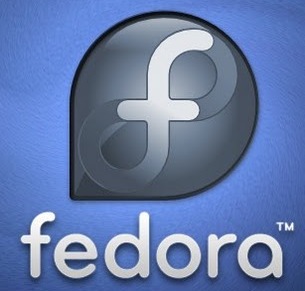

Since its first version, in 2003, Red Hat’s Fedora Linux has been the best place to track what’s on the leading edge of Linux and open-source software. Of course, the trouble with running on the leading edge is that it’s easy to get cut, and the Fedora distribution’s fast development pace has required a certain amount of bug-squashing tolerance from its users.
Fedora 13, which began shipping in late May, boasts many of the leading-edge enhancements—and few of the rough spots—that I’ve come to expect from the popular Linux-based operating system. In particular, I appreciated the work the Fedora team has done in the area of security and permissions, with progress toward more granular rights management through Fedora’s PolicyKit framework, and an implementation of the SELinux (Security-Enhanced Linux) framework that remained, for the most part, tucked away unobtrusively in the background.
In addition to serving as a sort of first look at the latest and greatest in Linux and open-source software in general—and future Red Hat Enterprise Linux (RHEL) releases in particular—Fedora 13 can serve in a full gamut of Linux roles, as long as Fedora-embracing users are prepared to upgrade their systems about once a year.
For this reason, smoother edges notwithstanding, enterprises in search of a more long-lived Linux distribution for production roles would do best to turn to RHEL, or, for organisations prepared to provide their own support, the freely available RHEL clone CentOS.
The fast-moving nature of Fedora 13 fits best with desktop and developer workstation roles, where users are most likely to appreciate the up-to-date versions of the desktop-oriented open-source software that ships with the distribution, including Version 2.30 of the GNOME desktop environment, Version 3.2 of the OpenOffice.org productivity suite and Version 3.6.3 of the Firefox Web browser.
Fedora 13 is available as a free download from http://fedoraproject.org/get-fedora, with separate versions that support the x86 and x86-64 platforms. Beginning with Fedora 13, the Power PC CPU architecture has been reduced to secondary architecture status, where its ongoing development will depend on volunteer efforts.
Page: 1 2
American space agency prepares for testing of Boeing's Starliner, to ensure it has two space…
As UK and Europe develop closer military ties, European Commission says it will invest €1.3…
Zuckerberg seeks to revive Facebook's original spirit, as Meta launches Facebook Friends tab, so users…
Notable development for Meta, after appeal against 2021 WhatsApp privacy fine is backed by advisor…
First sign of shake-up under new CEO Lip-Bu Tan? Three Intel board members confirm they…
Trump's nominee for SEC Chairman, Paul Atkins, has pledged a “rational, coherent, and principled approach”…